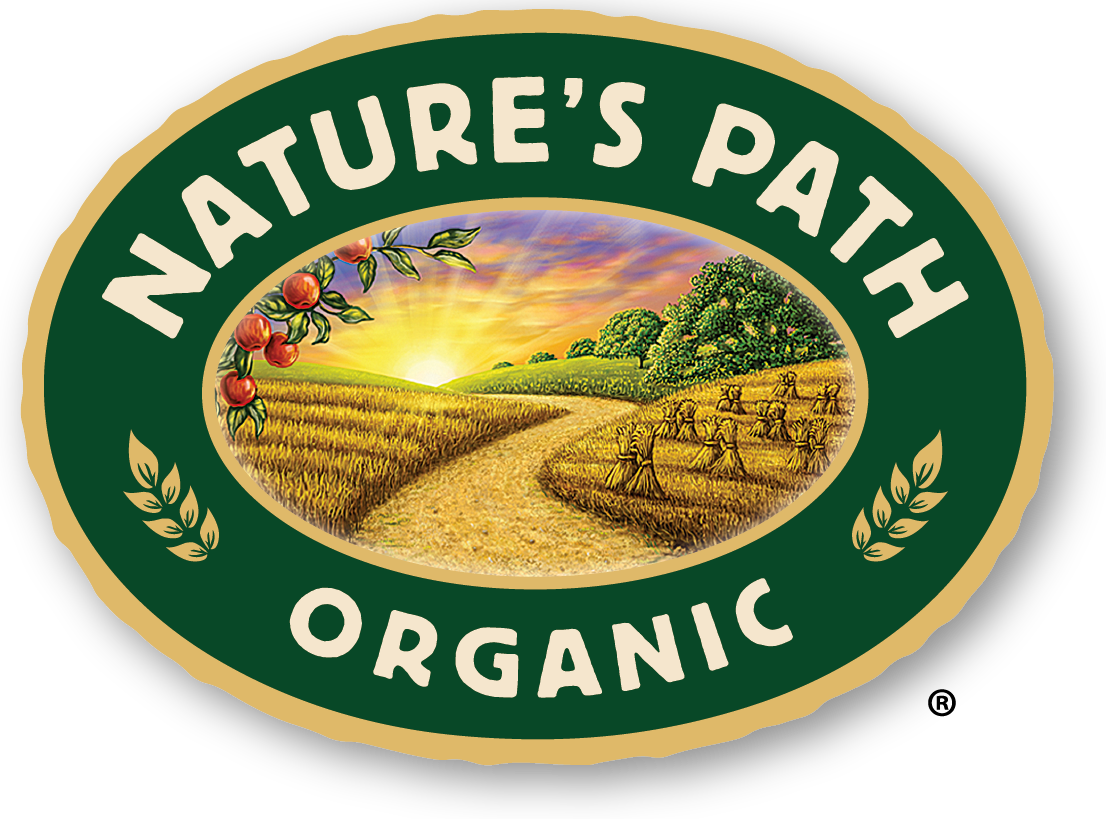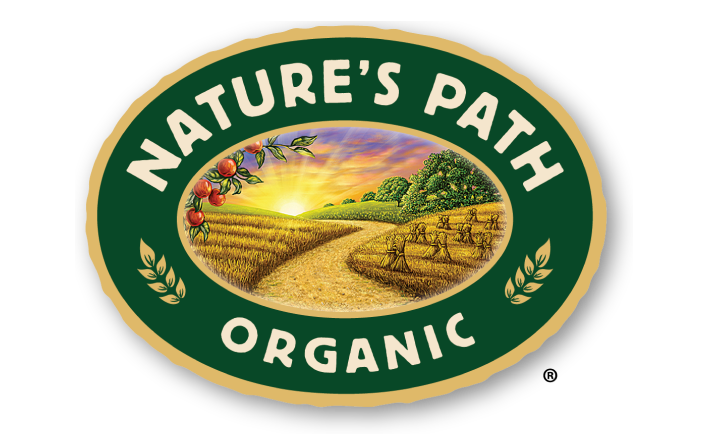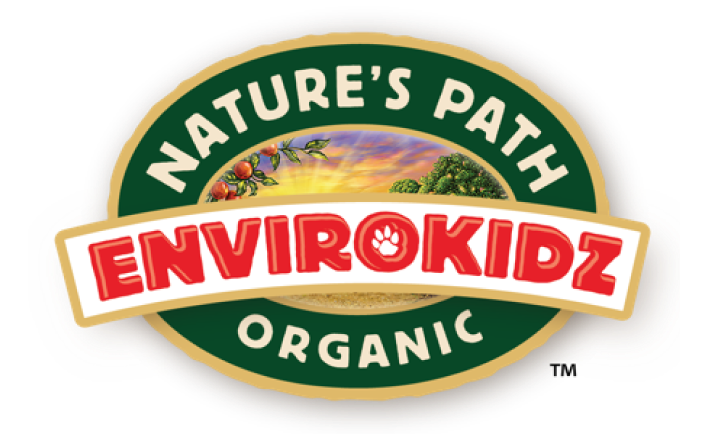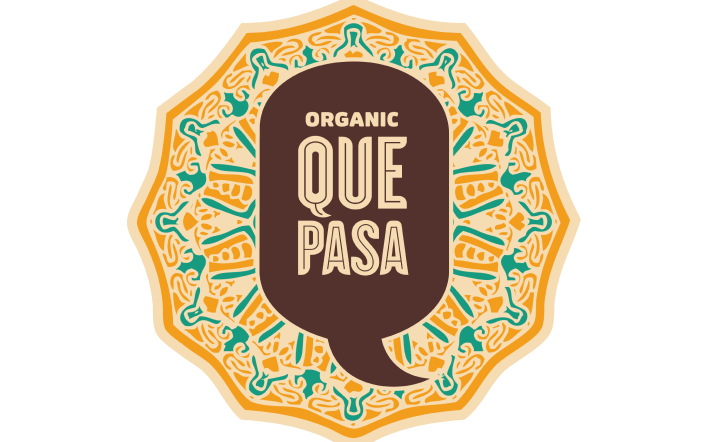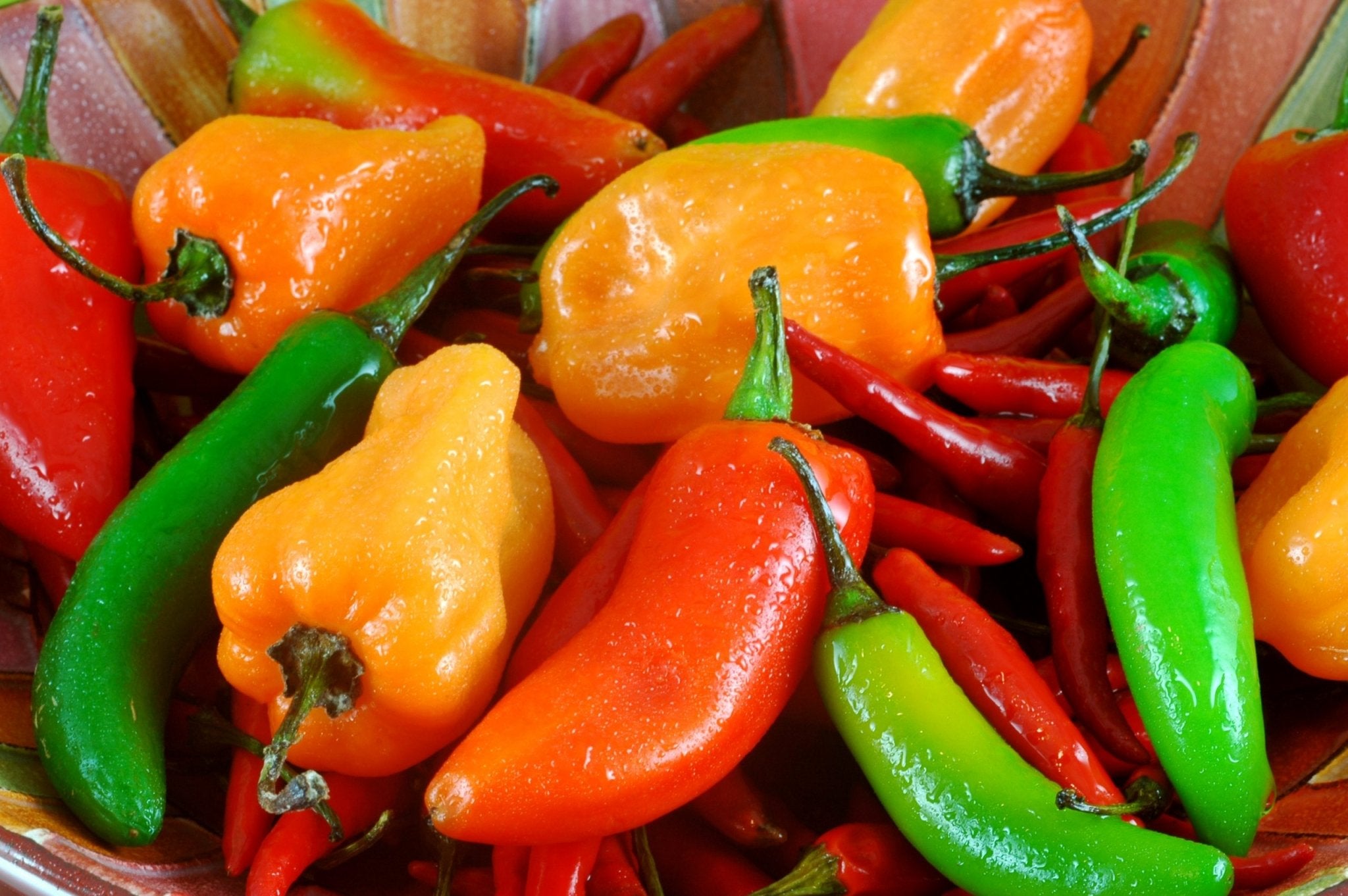
How to Cook with Fresh Chiles
Chile is without a doubt as central to Mexican cuisine as corn and beans. It is a symbol of national identity, and some even say that without chile food is almost tasteless. Children are taught to eat chile at a young age, and for the adults the amount of chile you can handle can be a source of pride. Chile is used in so many ways, from making salsas and moles to making soups, salads, and even drinks. There are over 40 varieties of chiles in Mexico, so it may initially seem intimidating to work with them . Let this guide to cooking with fresh chiles help you get started!
 A serving of freshly sliced Jalapeno peppers.Small chiles like jalapeño and serrano have small tender seeds and skin, so it is not necessary to remove them. Large chiles like poblano have hard and bitter seeds, so it is best to remove those. Large chiles also have tough skin, but by roasting them you can impart a smoky flavor and remove the skin at the same time. If spiciness isn’t your thing you can remove both the white membranes and the seeds, and you can even soak them in vodka to mellow some of the heat, since capsaicin is soluble in alcohol.
Roasting is my favorite way to cook chiles. They can be roasted directly on the flame of a gas stove burner or under your oven broiler. Of course, they can also be used fresh simply by chopping them and adding them to stews or salsas.
A serving of freshly sliced Jalapeno peppers.Small chiles like jalapeño and serrano have small tender seeds and skin, so it is not necessary to remove them. Large chiles like poblano have hard and bitter seeds, so it is best to remove those. Large chiles also have tough skin, but by roasting them you can impart a smoky flavor and remove the skin at the same time. If spiciness isn’t your thing you can remove both the white membranes and the seeds, and you can even soak them in vodka to mellow some of the heat, since capsaicin is soluble in alcohol.
Roasting is my favorite way to cook chiles. They can be roasted directly on the flame of a gas stove burner or under your oven broiler. Of course, they can also be used fresh simply by chopping them and adding them to stews or salsas.
 Is in season during the summer, has a green to bright red color, can have medium to hot heat, and is great pickled, in fresh salsas, and stuffed. When dried it is known as: chipotle chile.
Is in season during the summer, has a green to bright red color, can have medium to hot heat, and is great pickled, in fresh salsas, and stuffed. When dried it is known as: chipotle chile.
 Large chile with a deep green to bright red color, has very mild heat, and is best roasted and stuffed. When dried it is known as: ancho chile
Large chile with a deep green to bright red color, has very mild heat, and is best roasted and stuffed. When dried it is known as: ancho chile
 Used in southern Mexico, especially in Yucatecan cuisine. It is light green in color, but turns yellow-orange as it matures. It is extremely hot, and best used in salsas and stews.
Used in southern Mexico, especially in Yucatecan cuisine. It is light green in color, but turns yellow-orange as it matures. It is extremely hot, and best used in salsas and stews.
How to Pick Them
Fresh chiles should be firm, crisp, and have smooth skin. If they are soft and wrinkled, they have been on the shelf for too long. After purchasing, try to use them as soon as possible, since as they age they lose their flavor and texture. The best way to store them is in the crisper drawer of the refrigerator.How to Prepare and Cook Them
Always use the chile that the recipe calls for. Chiles contain an active component known as capsaicin, which is found in the white membrane of the chiles and is basically what makes them spicy. Capsaicin can irritate your skin, so it is best to use gloves. Do not touch your eyes after handling chiles! A serving of freshly sliced Jalapeno peppers.Small chiles like jalapeño and serrano have small tender seeds and skin, so it is not necessary to remove them. Large chiles like poblano have hard and bitter seeds, so it is best to remove those. Large chiles also have tough skin, but by roasting them you can impart a smoky flavor and remove the skin at the same time. If spiciness isn’t your thing you can remove both the white membranes and the seeds, and you can even soak them in vodka to mellow some of the heat, since capsaicin is soluble in alcohol.
Roasting is my favorite way to cook chiles. They can be roasted directly on the flame of a gas stove burner or under your oven broiler. Of course, they can also be used fresh simply by chopping them and adding them to stews or salsas.
A serving of freshly sliced Jalapeno peppers.Small chiles like jalapeño and serrano have small tender seeds and skin, so it is not necessary to remove them. Large chiles like poblano have hard and bitter seeds, so it is best to remove those. Large chiles also have tough skin, but by roasting them you can impart a smoky flavor and remove the skin at the same time. If spiciness isn’t your thing you can remove both the white membranes and the seeds, and you can even soak them in vodka to mellow some of the heat, since capsaicin is soluble in alcohol.
Roasting is my favorite way to cook chiles. They can be roasted directly on the flame of a gas stove burner or under your oven broiler. Of course, they can also be used fresh simply by chopping them and adding them to stews or salsas.
Most Common Varieties
Jalapeno
 Is in season during the summer, has a green to bright red color, can have medium to hot heat, and is great pickled, in fresh salsas, and stuffed. When dried it is known as: chipotle chile.
Is in season during the summer, has a green to bright red color, can have medium to hot heat, and is great pickled, in fresh salsas, and stuffed. When dried it is known as: chipotle chile.
Serrano
Is cultivated on the mountains of Puebla and Hidalgo, has deep green color to bright red, and is considered hot. It is great in salsas, stews, and pickled. When dried it is known as: smoked chilies.Poblano
 Large chile with a deep green to bright red color, has very mild heat, and is best roasted and stuffed. When dried it is known as: ancho chile
Large chile with a deep green to bright red color, has very mild heat, and is best roasted and stuffed. When dried it is known as: ancho chile
Arbol
Also known as guindilla, it has a bright green or red color, extremely hot, and is best in salsas, stews, and sauces. When dried it is known as: arbol chileHabanero
 Used in southern Mexico, especially in Yucatecan cuisine. It is light green in color, but turns yellow-orange as it matures. It is extremely hot, and best used in salsas and stews.
Used in southern Mexico, especially in Yucatecan cuisine. It is light green in color, but turns yellow-orange as it matures. It is extremely hot, and best used in salsas and stews.
